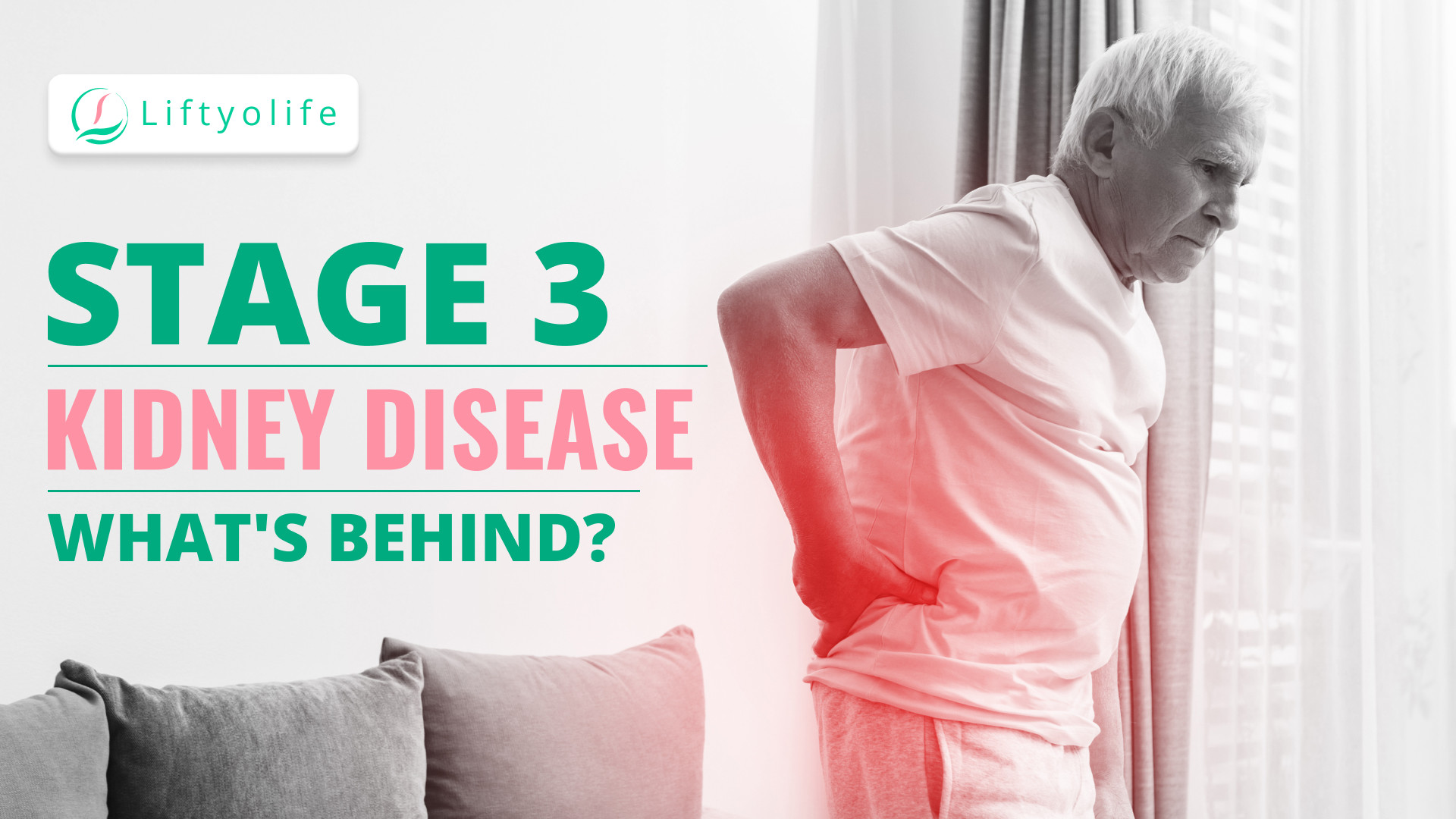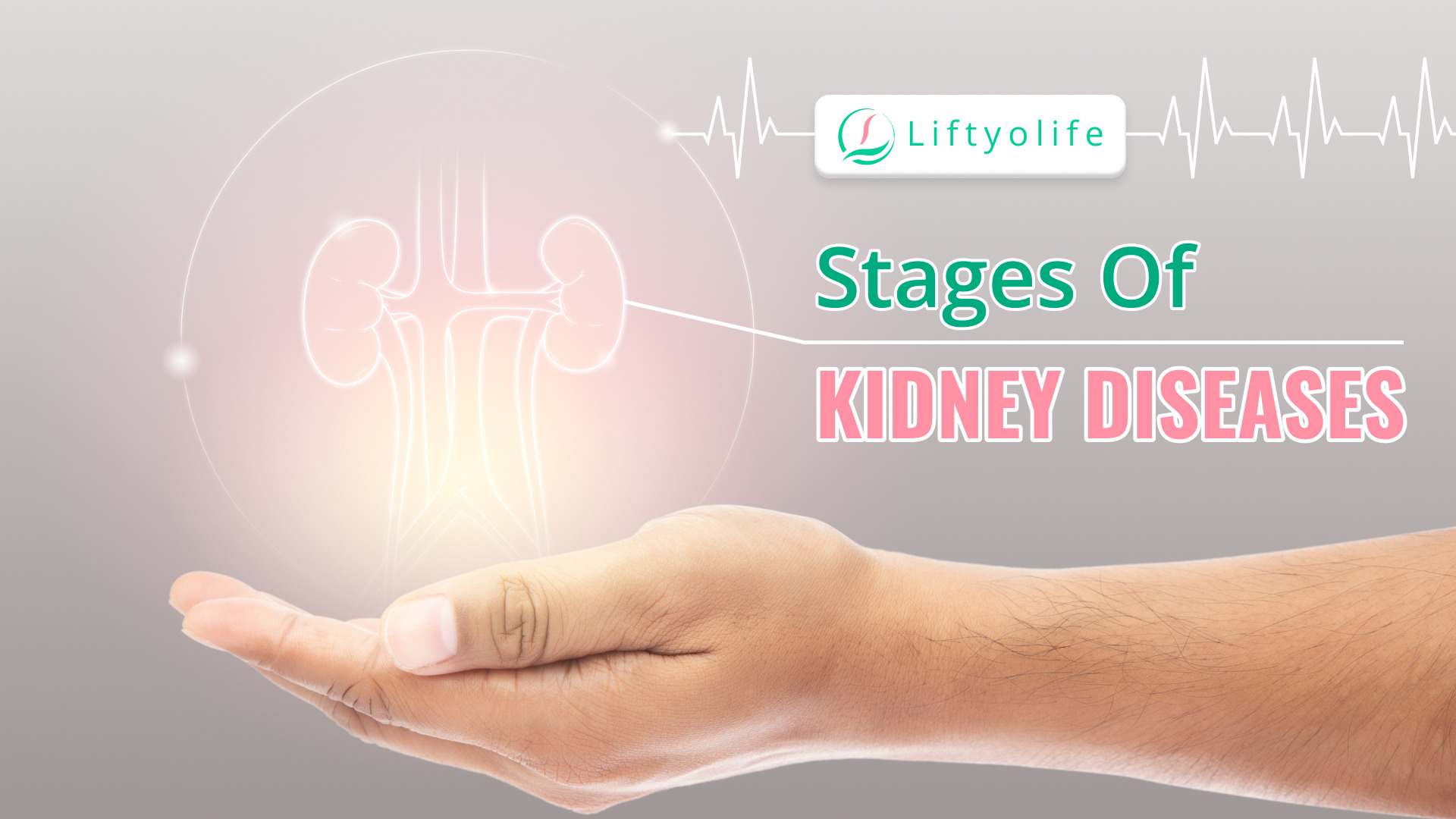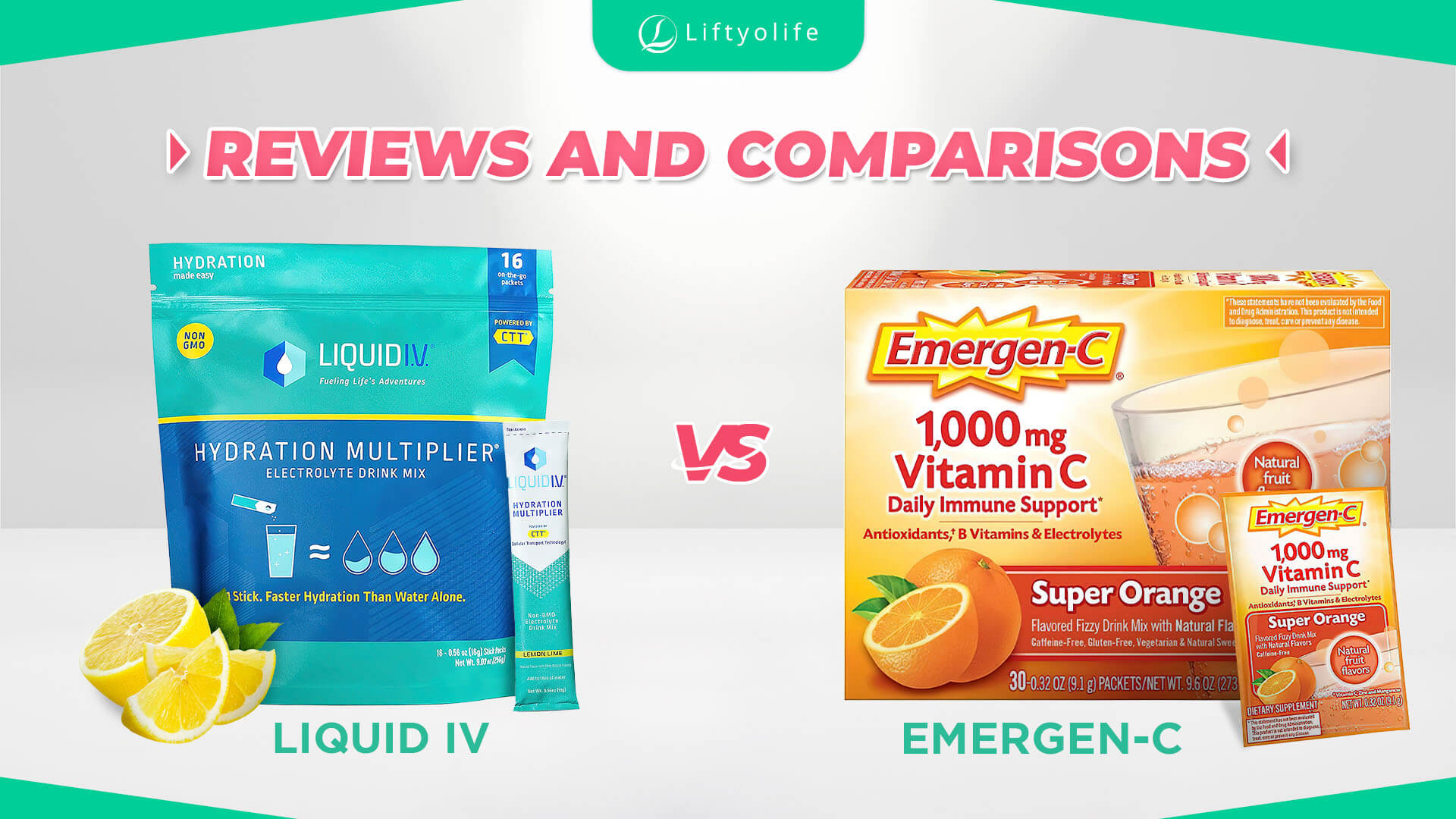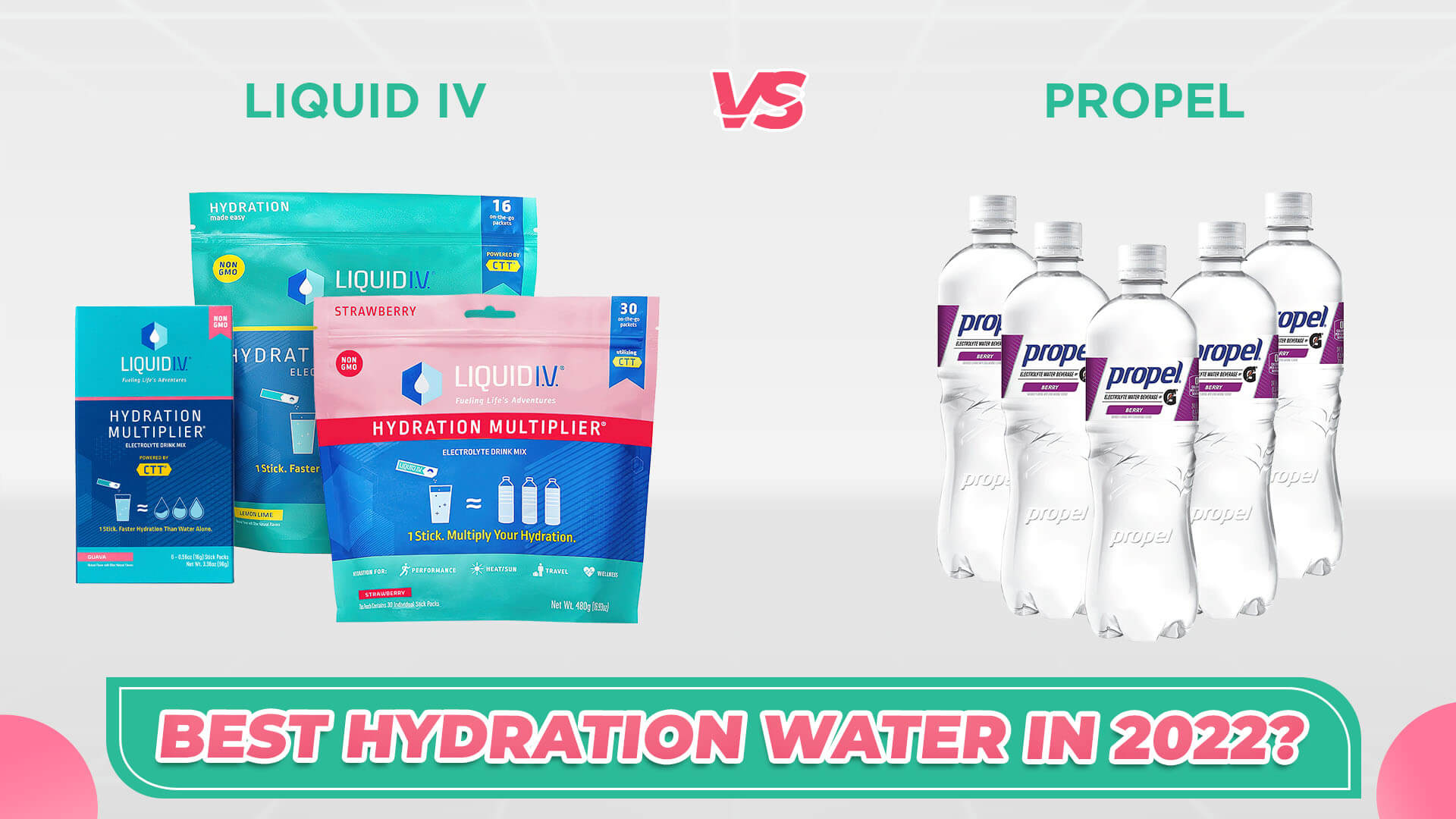Stage 4 Kidney Disease: Symptoms & Treatment
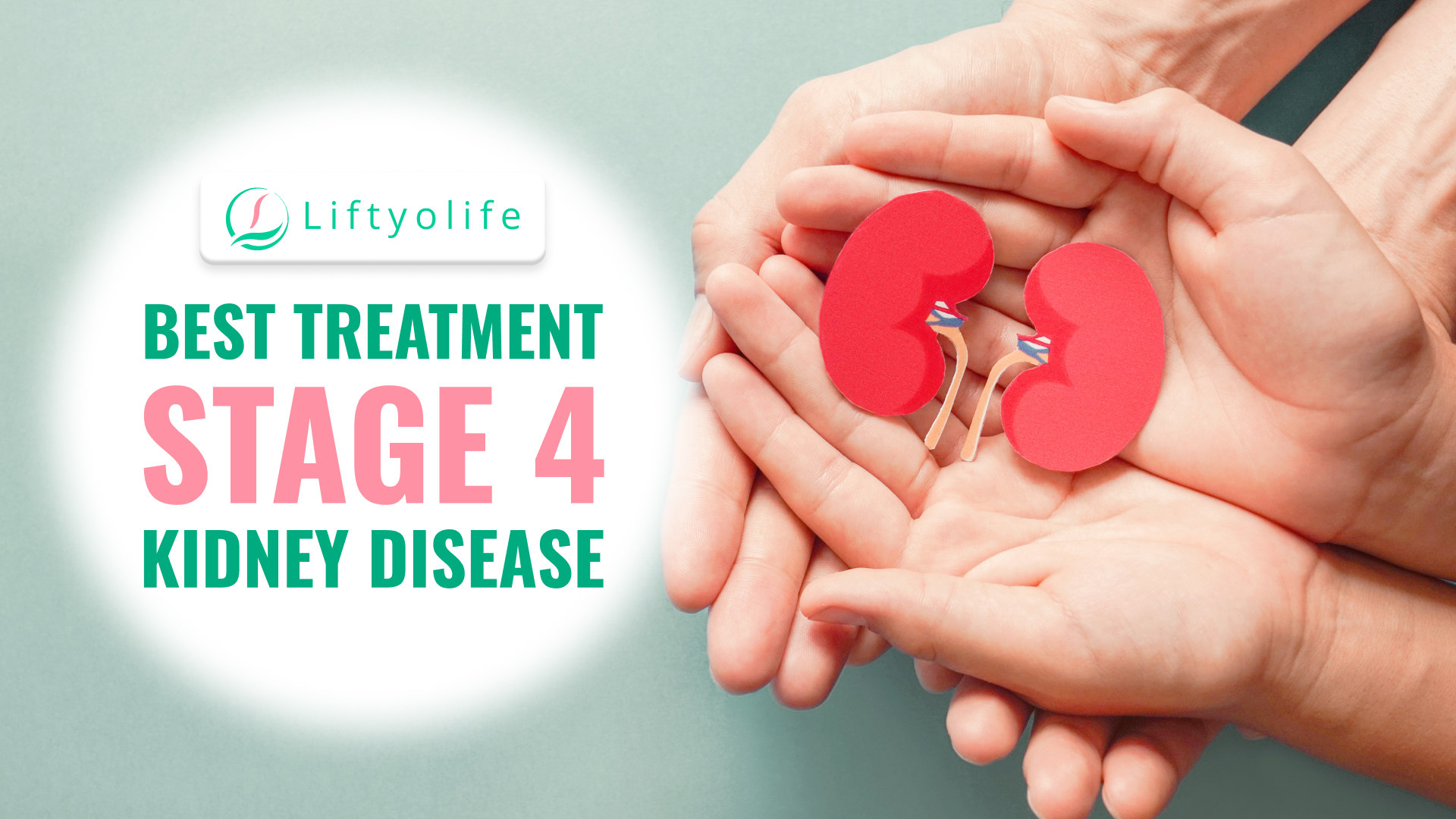
Stage 4 kidney disease is a severe form of chronic kidney disease in which kidney function has been significantly reduced and hurts your health. However, effective treatments and lifestyle changes can slow its progression. Some people can live an everyday life after receiving a kidney transplant. Liftyolife (liftyolife.com) will provide you with the symptoms and treatment options for this disorder’s stage 4.
1. What is stage 4 kidney disease?
You have stage 4 CKD if your eGFR is between 15 and 29 and you have moderate to severe kidney damage. This is the final stage before kidney failure. Your kidneys are not performing as well as they should in filtering waste from your blood. As your kidney function deteriorates, more waste products accumulate in your blood, resulting in uremia. You will most likely experience symptoms such as hand and foot swelling and lower back pain.
2. Symptoms of stage 4 kidney disease

Symptoms of stage 4 kidney disease
In stage 4, you may notice the following symptoms:
- Changes in urination:
- Color: foamy; dark orange, brown, tea-colored, or red if it contains blood;
- Amount: more or less than usual.
- Fluid retention, swelling (edema) of the extremities, and shortness of breath.
- Urea buildup in the blood causes terrible breath.
- Kidney pain in the back.
- Fatigue.
- Muscle cramps or restless legs cause sleep disturbances.
- Vomiting or nausea
- Difficulty concentrating: Have trouble doing everyday tasks such as balancing a checkbook or reading the newspaper.
- A metallic taste changes in the mouth.
- Nerve issues: Numbness or tingling in the toes or fingers.
- Appetite loss: Not feeling like eating, having a metallic taste in their mouth, or having bad breath.
3. What are the complications from stage 4 kidney disease?
Complications of stage 4 kidney disease can include:
- lungs filled with fluid (pulmonary edema),
- high blood pressure (hypertension),
- swollen arms and legs (edema),
- Hyperkalemia (excess potassium) can impair the ability of your heart to function.
Other potential issues include:
- high cholesterol,
- brittle bones,
- the membrane surrounding the heart inflammation (pericardium),
- the heart and blood vessels problems (cardiovascular),
- low red blood cell count (anemia),
- malnutrition,
- seizures, difficulty concentrating, and personality changes as a result of central nervous system damage,
- erectile dysfunction decreased fertility and sexual drive,
- infection susceptibility as a result of a weakened immune response
4. What treatments are available for stage 4 CKD?

What treatments are available for stage 4 CKD?
4.1. Slowing the progression
Although CKD is generally progressive and irreversible, providers and patients can take steps to slow progression, allowing patients to live longer without complications or the need for renal replacement therapy.
Treatment strategies for slowing progression and lowering cardiovascular risk are comparable. They are as follows:
Nutritional and lifestyle interventions and medical management are used to control blood pressure and glucose levels and reduce albuminuria.
Furthermore, monitoring and managing conditions help to slow the progression of stage 4 kidney disease:
- bone disease,
- anemia,
- diabetes,
- edema.
- hypertension due to high cholesterol.
4.2. Monitoring and managing
You should usually check in on your condition every three months. Your blood will be tested to assess kidney function. Here are many tests of:
- creatinine,
- carbonate
- calcium,
- potassium,
- hemoglobin,
- phosphorus.
Among the other regular tests will be considered as:
- blood pressure,
- protein in the urine,
- fluid status.
4.3. Deciding next steps
Although it slows the progression of the disease, kidney failure occurs after stage 4. When treating kidney failure, your healthcare provider will go over the following steps with you:
- dialysis,
- kidney transplantation,
- supportive (palliative) care.
When kidney function is 15% or less, the National Kidney Foundation recommends starting dialysis. When the role falls below 15%, you are in stage 5 kidney disease.
5. Kidney failure & treatment
5.1. Hemodialysis (HD)
HD is a method in which machines perform the work of the kidneys. This is done to flush out wastes and excess fluid from your blood. Your blood is pumped via soft tubes to a dialysis machine, where it passes through a special filter known as a dialyzer (also called an artificial kidney). Your blood is returned to your bloodstream after it has been filtered.
In-center treatment is 3-5 hours, three times per week. Treatment time would be 1.5 to 2 hours if you had daily home treatment.
5.2. Peritoneal dialysis (PD)
Peritoneal dialysis is a treatment that can be performed at home (at work or when sleeping). It must be done daily. A catheter will be inserted into your abdomen during a minor operation (belly). The peritoneum (the lining of your waist) acts as a natural filter. A cleansing solution known as dialysate is injected into your abdomen via a soft tube known as a PD catheter during treatment. The cleansing solution absorbs wastes and extra fluid from your blood. After several hours, you drain the used cleansing solution from your abdomen and refill with a new cleansing solution to restart the process. Needle placement for your dialysis treatment includes the following:
- Fistula: A doctor performs a surgical procedure to connect one of your arteries to a vein closer to the skin’s surface for easier access.
- Graft: Your doctor uses a small soft tube to connect an artery closer to your skin.
- Catheter: A larger tube may need to be inserted into your neck or chest.
5.3. Kidney transplant
This is an operation in which a healthy kidney is implanted into your body. The kidney can come from a deceased donor or a living donor. A new kidney usually starts working right away. Special medications will be required to keep your body from rejecting the new kidney. If rejection occurs, dialysis will be required. A kidney transplant is a treatment rather than a cure. A kidney transplant is a treatment rather than a cure. Therefore, kidney transplant recipients continue to have chronic kidney disease and may require other medications before the transplant.
6. Diet and stage 4 CKD
The rule for a healthy diet for stage 4 CKD is:
- Contain some grains, fruits, and vegetables in your diet.
- Take water-soluble vitamins like vitamin C (100 mg daily) and vitamin B complex.
- Reduce calcium consumption.
- Reduce protein consumption to aid in the reduction of protein waste.
- Diabetes patients should limit their carbohydrate intake.
- Cut out processed and pre-packaged foods can help people with hypertension or fluid retention reduce their sodium intake.
- Reduce your intake of saturated fats to help lower your cholesterol.
- Limiting phosphorus to maintain normal PTH levels, prevent bone disease, and even preserve existing kidney function.
- If blood potassium levels are higher than usual, potassium should be restricted.

Diet and stage 4 CKD
Furthermore, according to the American Journal of Kidney Disease and the National Institute of Health [1], eating antioxidant-rich foods can help reduce chronic inflammation and its associated health risks.
- Lentils, beans, and peas.
- Spices.
- Fruits and vegetables in dark colors.
- Oatmeal, quinoa, and brown rice are whole, unprocessed grains.
- Nuts and seeds
7. How long can you live with stage 4 kidney disease?
Stage 4 is not kidney failure but the last stage before that most severe stage. The prognosis differs from person to person and is influenced by any related medical conditions and what treatment regimes you have done or are doing. Therefore, the life expectancy of stage 4 is also an average estimate rather than an exact one for all cases.
A 40-year-old man diagnosed with stage 4 kidney disease can expect to live for another 14 years. The figure is greater than two years for women, implying that a 40-year-old woman can expect to live for another 16 years after being diagnosed with stage 4 kidney disease. The proper diet progression and medication may still slow disease progression.
The kidneys have lost nearly 85-90% of their function in stage 4 kidney disease and require supportive medical therapy. In addition to adhering to the dialysis indications, a scientific diet and exercise regimen and updating information and knowledge about this disease at stage 5 at Liftyolife(liftyolife.com) should be helpful for you.
==> Read More:

